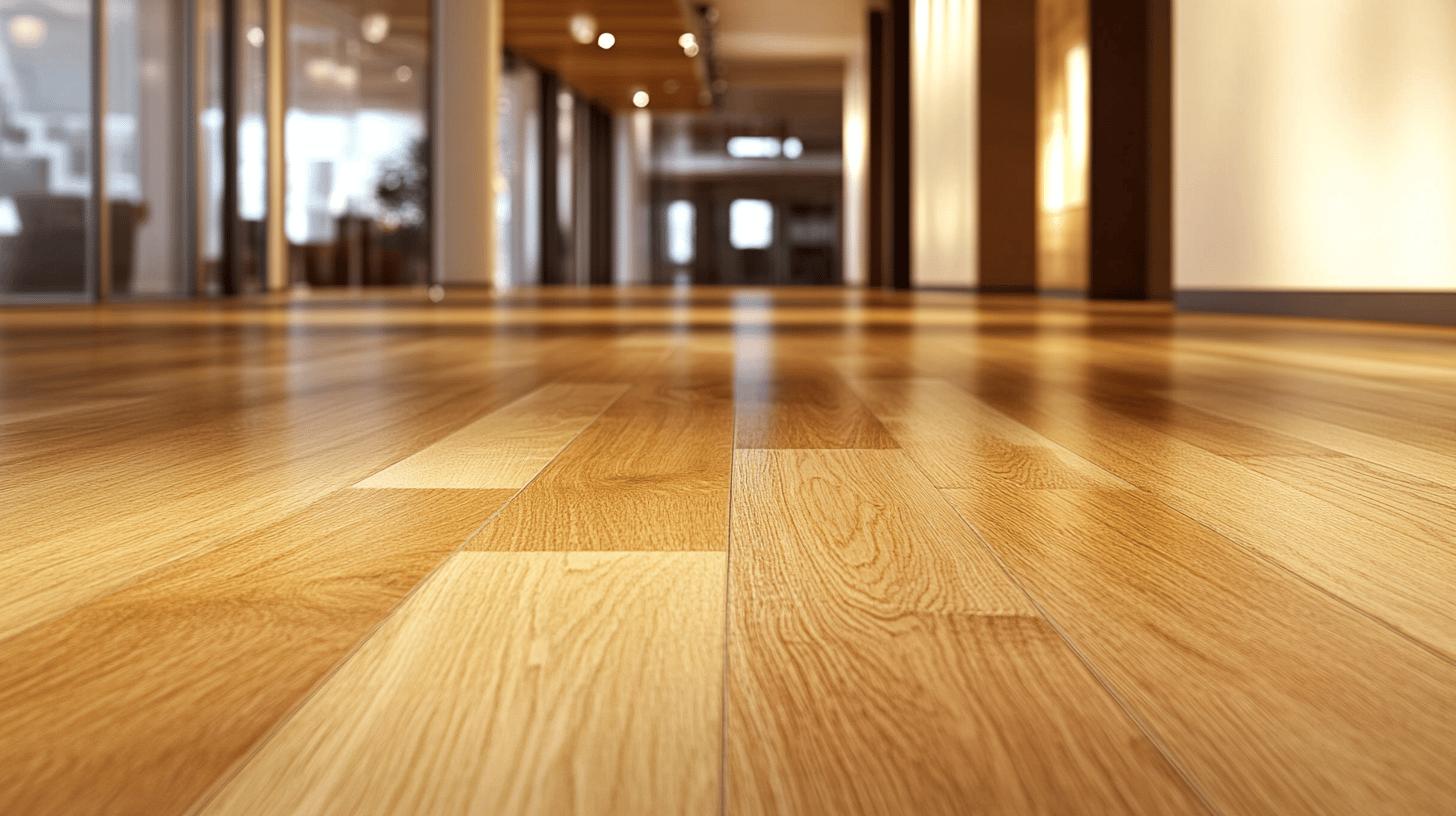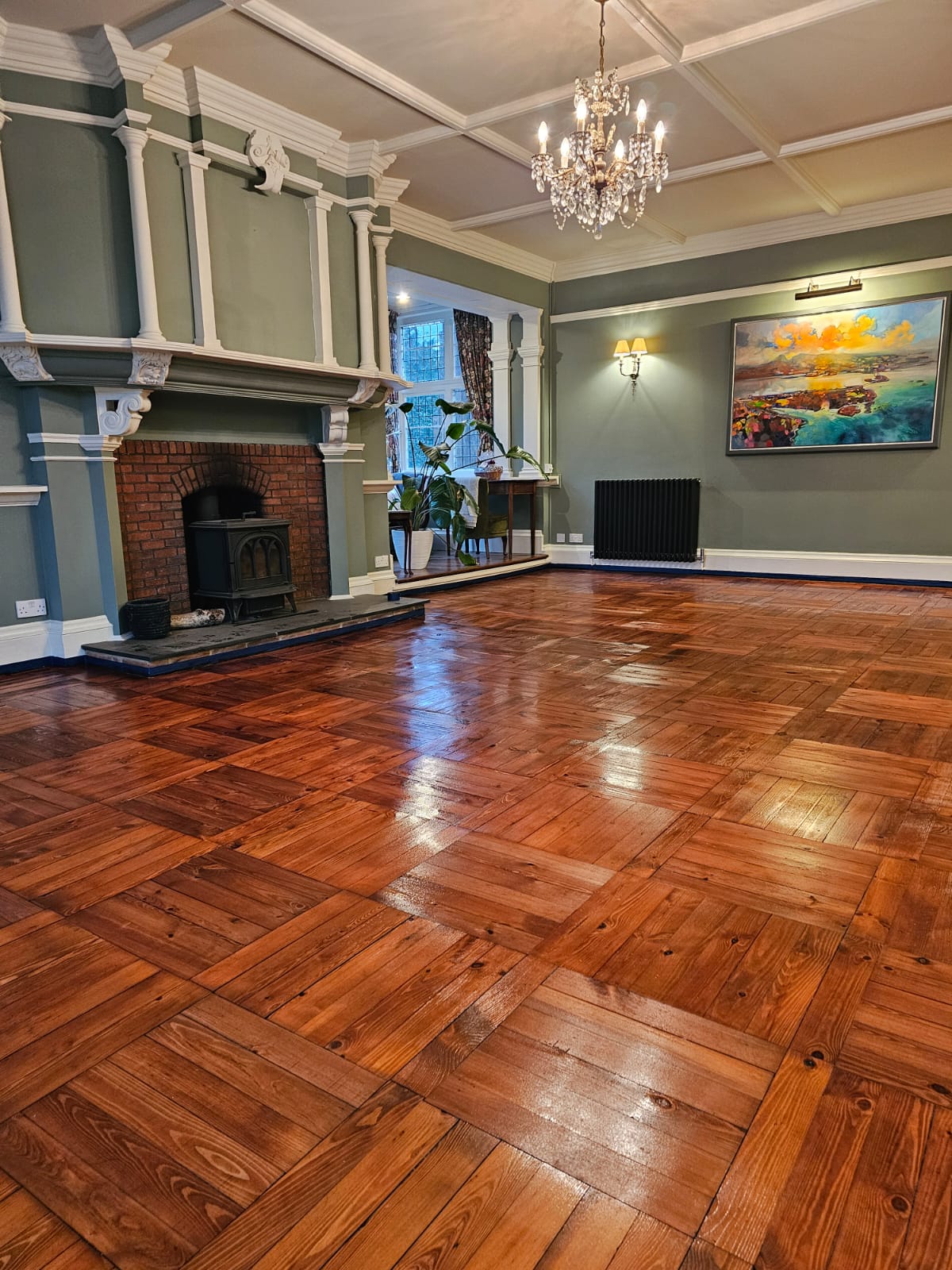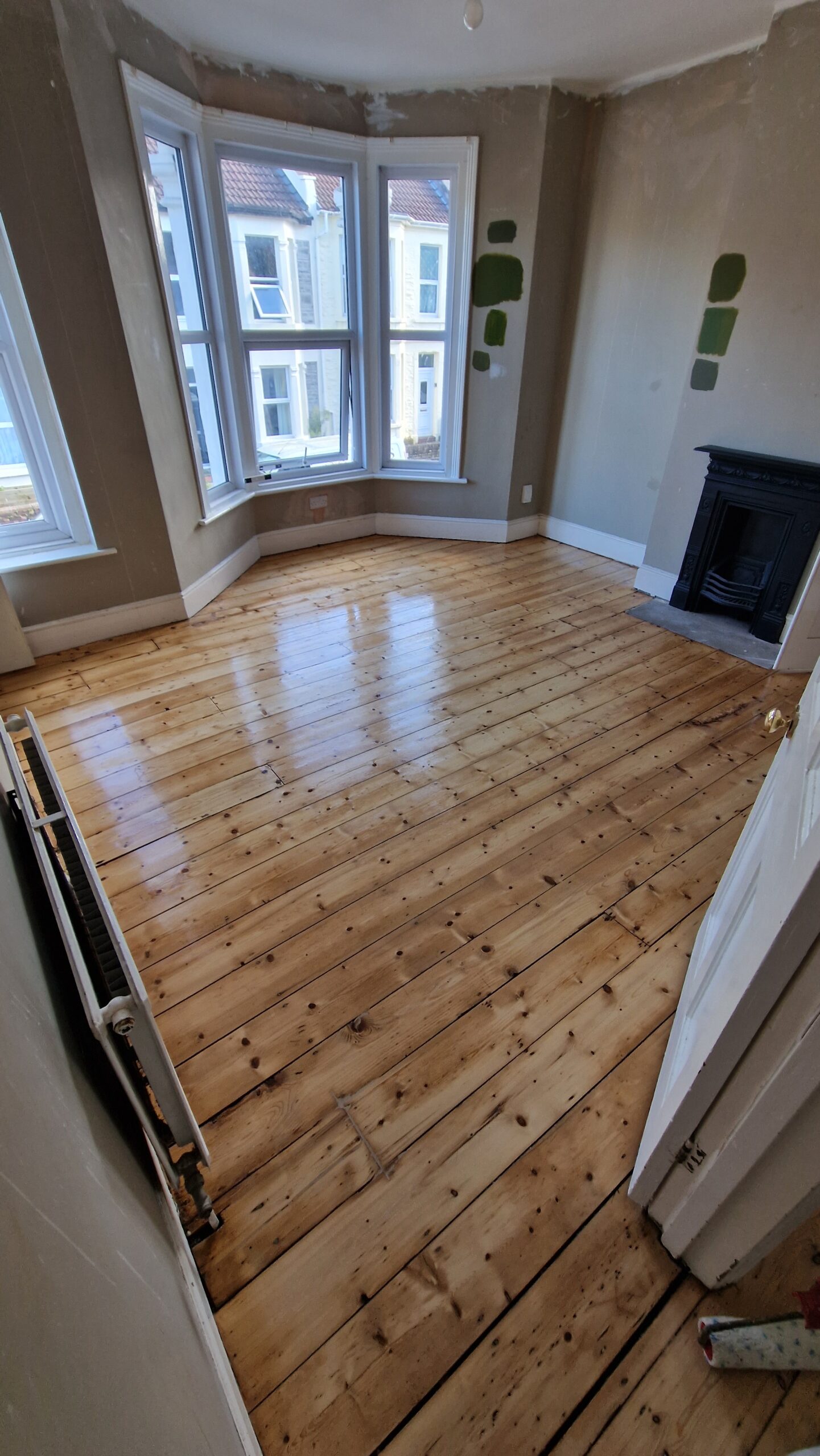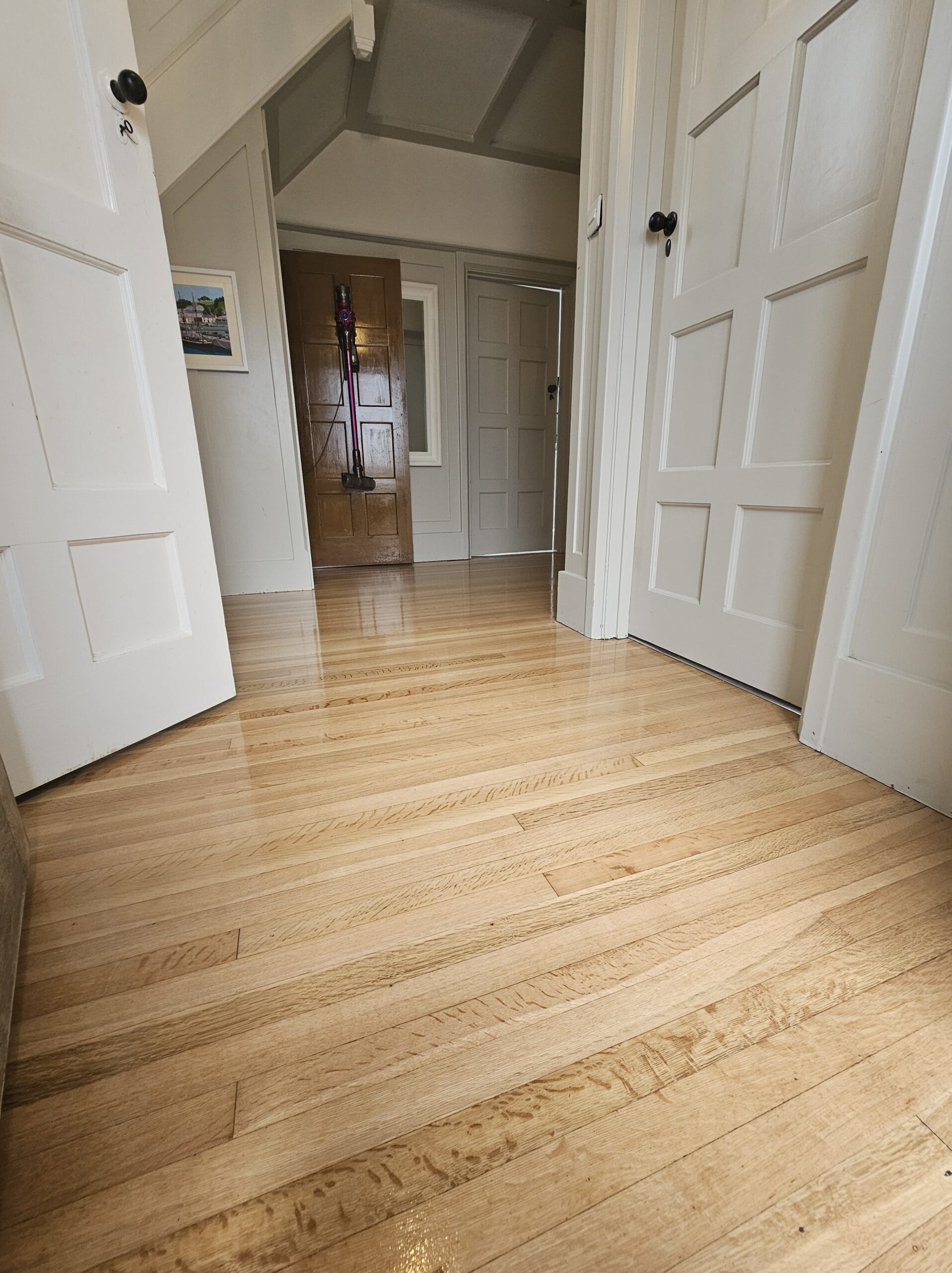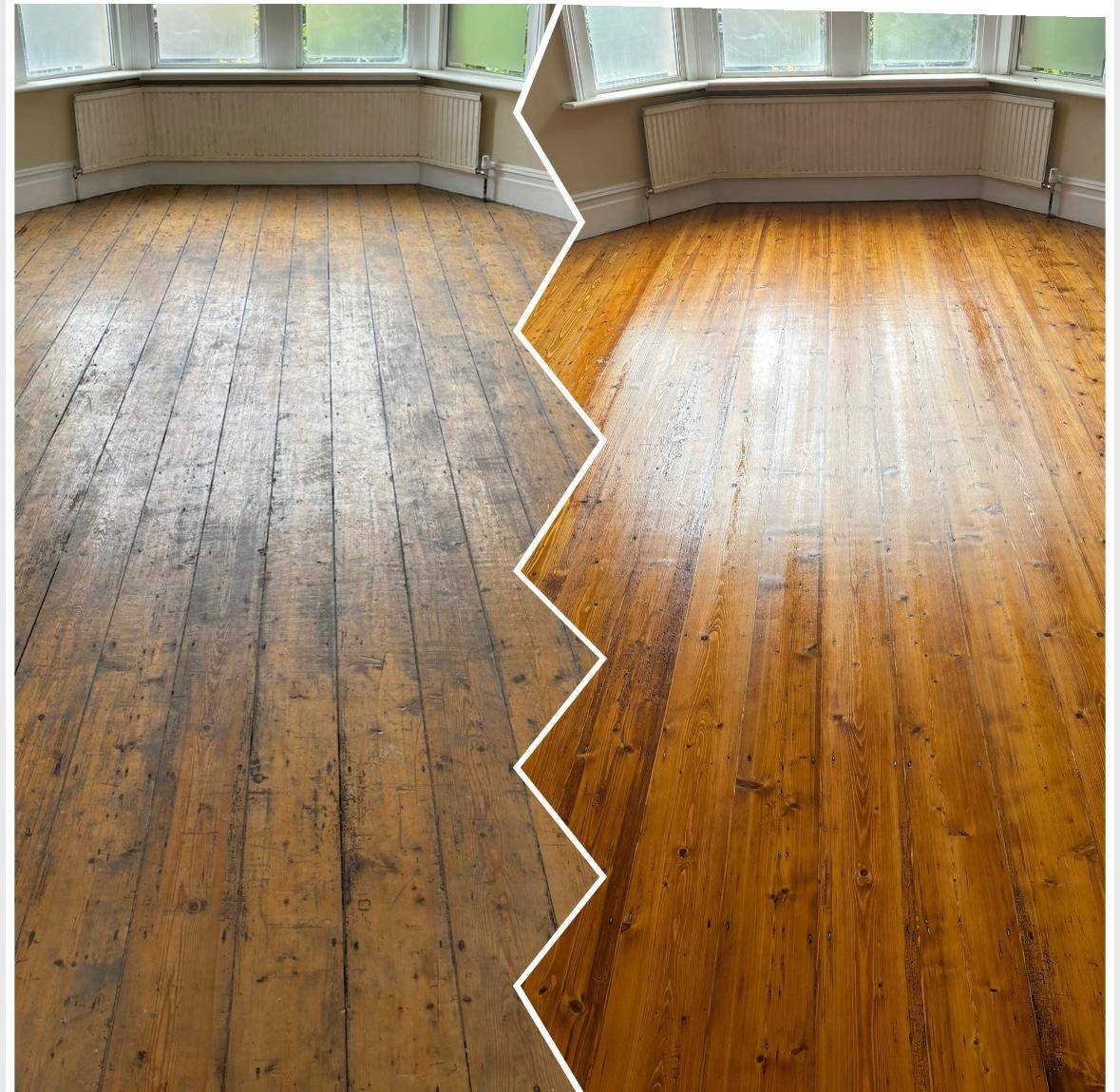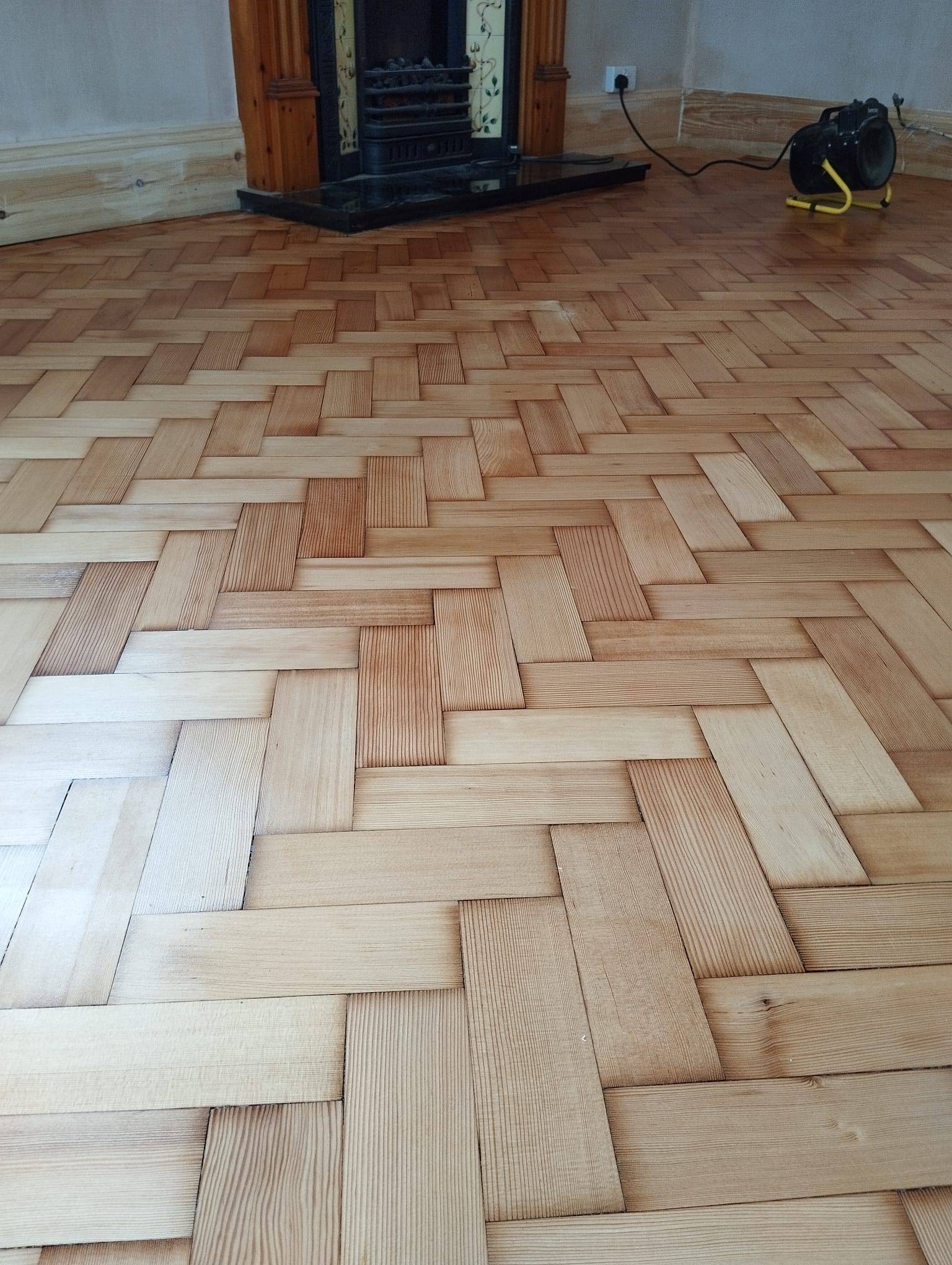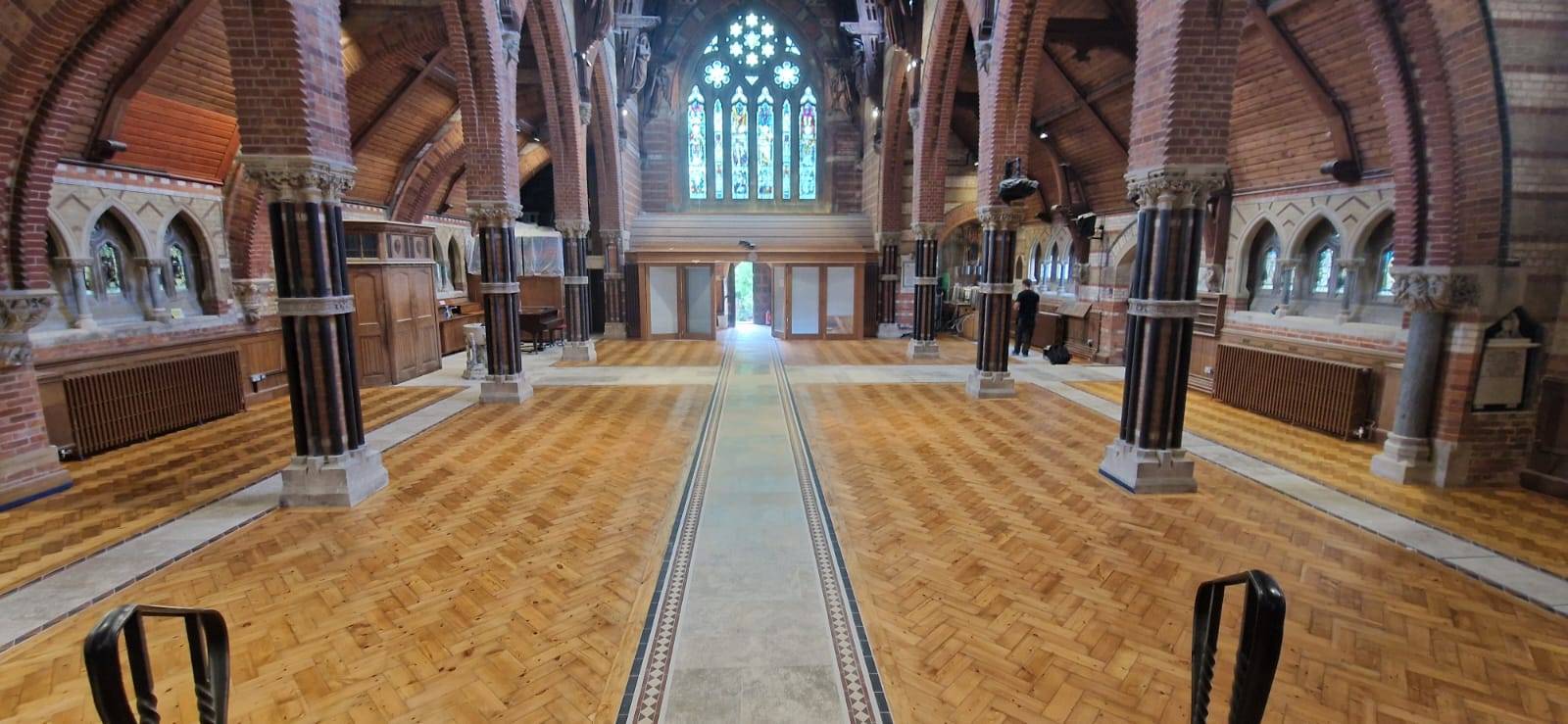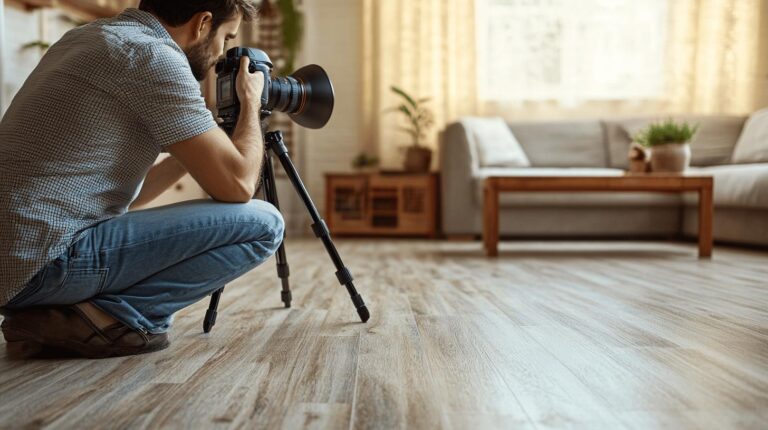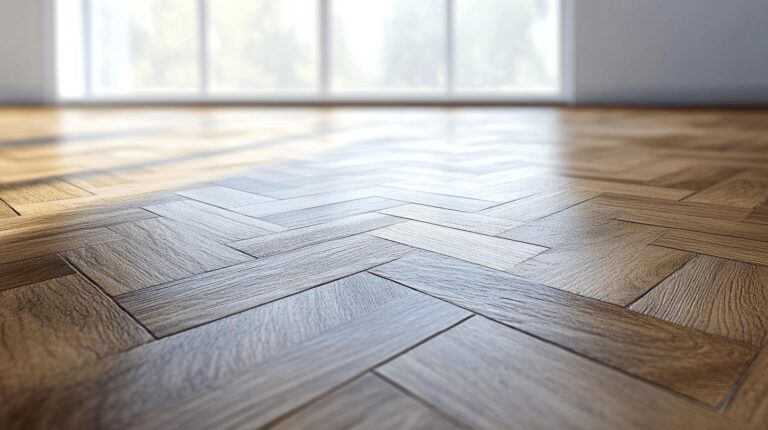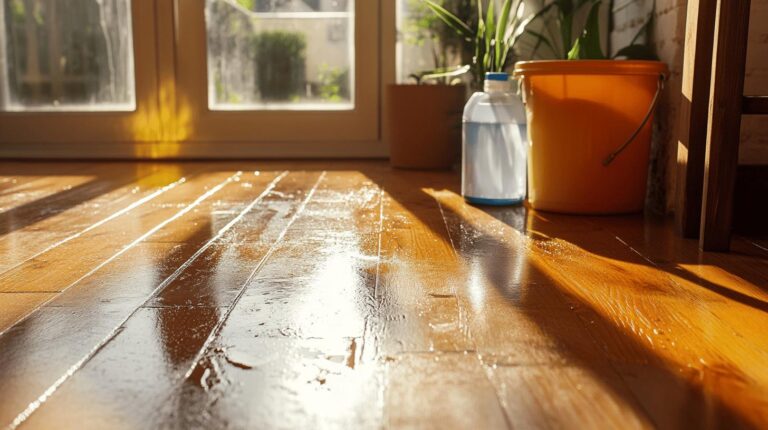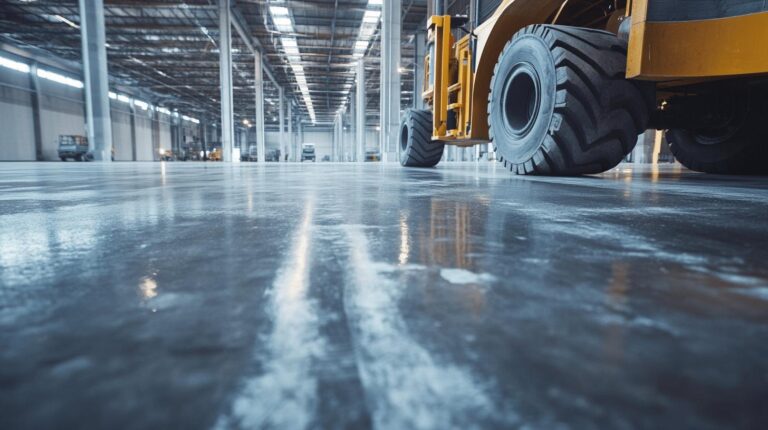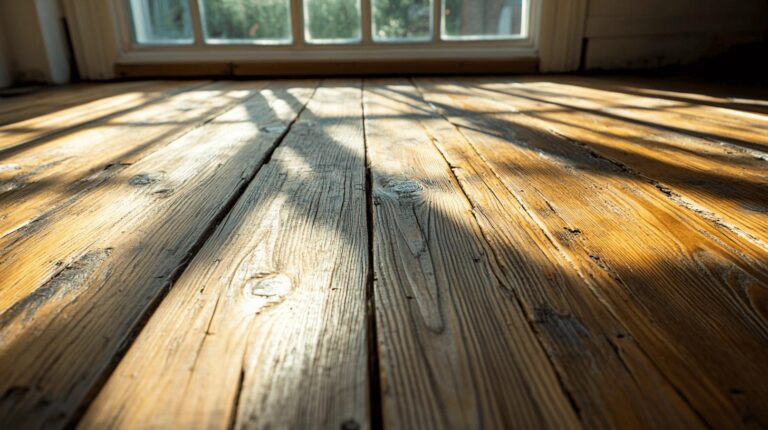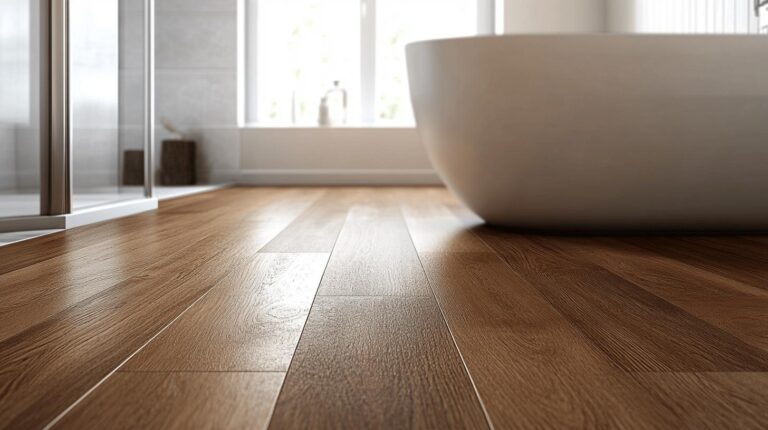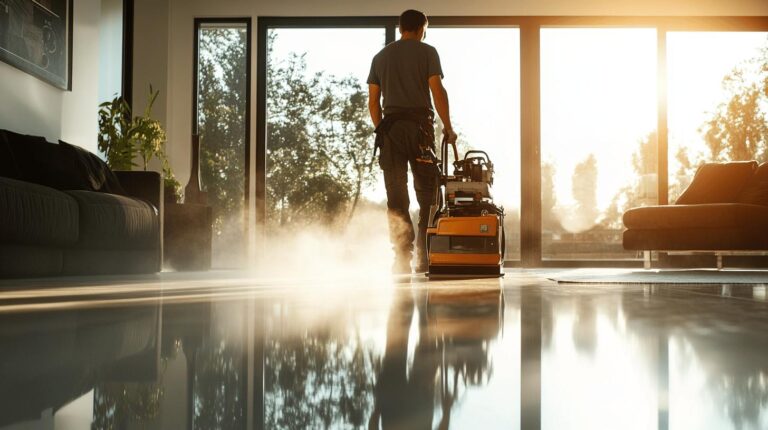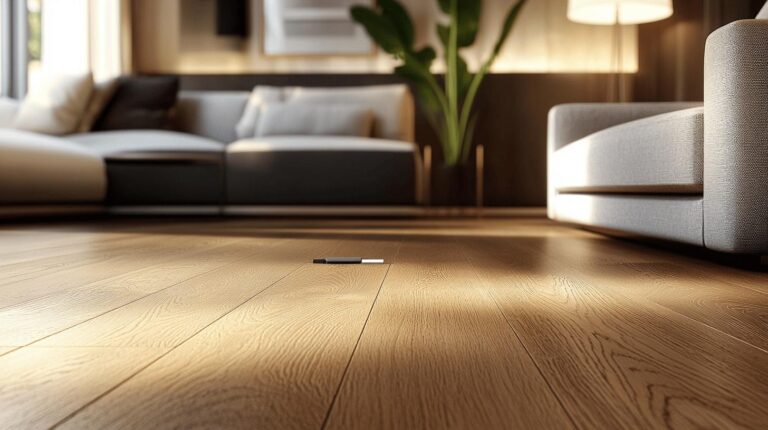How do you navigate the complex demands of mixed-use properties where residential tranquillity meets commercial vibrancy? Mixed-use properties, a harmonious blend of living and commercial spaces, present unique challenges when it comes to flooring solutions. The transition from a serene home environment to bustling business premises demands a flooring choice that is both durable and versatile. Understanding the critical importance of seamless transitions in these settings ensures that your property not only looks impressive but also withstands the test of time and use. Dive into the essentials of mixed-use property floor solutions that promise quality and functionality at every step.
Understanding Mixed-Use Property Floor Solutions
Mixed-use properties present unique challenges due to their combination of residential and commercial spaces. These environments demand flooring solutions that can handle varying levels of foot traffic and wear. The need for flooring that balances durability for commercial areas with the comfort required in residential settings is crucial. The challenge lies in selecting materials that not only withstand the demands of both environments but also contribute to a cohesive aesthetic across different spaces. Flooring choices must cater to the functional needs while enhancing the overall look and feel of the property.
- Durability: Flooring should resist wear and tear from both high-traffic commercial areas and residential use.
- Versatility: Materials must suit both residential comfort and commercial robustness.
- Aesthetic Appeal: The flooring should enhance the visual harmony between different areas.
- Ease of Maintenance: Simple upkeep is essential to manage costs and prolong the lifespan of the floors.
- Sound Insulation: Effective noise reduction to maintain a peaceful residential environment alongside bustling commercial spaces.
Seamless transitions between residential and commercial areas are vital in mixed-use properties. These transitions ensure that there is no disruption in the flow from one space to another, maintaining both functional efficiency and visual continuity. Properly executed floor solutions help create a unified environment that meets the diverse needs of its occupants. The integration of suitable flooring types facilitates a smooth transition, enabling each area to function optimally within its specific purpose. This careful planning of transitions not only enhances usability but also significantly uplifts the aesthetic experience of the property.
Choosing Flooring Options for Mixed-Use Properties
In mixed-use properties, flooring solutions must withstand diverse demands, balancing durability with aesthetic appeal. The choice of flooring material is critical in ensuring that both residential and commercial areas achieve functionality and visual harmony. Durable flooring options like hardwood, tile, and vinyl offer the resilience needed for high-traffic areas while maintaining an attractive appearance across multifunctional spaces.
Hardwood Flooring
Hardwood flooring is a popular choice due to its exceptional durability and timeless aesthetic appeal. It is particularly suited for high-traffic commercial areas, providing a robust surface that can endure heavy footfall without compromising on style. Hardwood offers a warm and inviting appearance, making it equally suitable for residential spaces, where comfort and beauty are paramount. It’s natural grain and rich tones enhance the visual continuity between different parts of a mixed-use property.
Tile Flooring
Tile flooring stands out for its versatility and suitability across both residential and commercial settings. Its resistance to moisture and wear makes it an ideal choice for areas that experience frequent use and potential exposure to spills or heavy cleaning. Tiles are available in various styles, colours, and textures, allowing them to adapt to diverse design requirements. This adaptability makes tile flooring a seamless fit for creating cohesive transitions between distinct functional areas within mixed-use developments.
Vinyl Flooring
Vinyl flooring is renowned for its cost-effectiveness and ease of maintenance, offering a practical solution for mixed-use properties. Its resilience against scratches and stains makes it a reliable option for both residential and commercial areas. Vinyl is available in a wide range of patterns and finishes, mimicking the look of more expensive materials while providing the benefits of easy cleaning and low upkeep. Its versatility ensures that it can meet the demands of multifunctional spaces without sacrificing aesthetics or performance.
Installation Techniques for Seamless Transitions
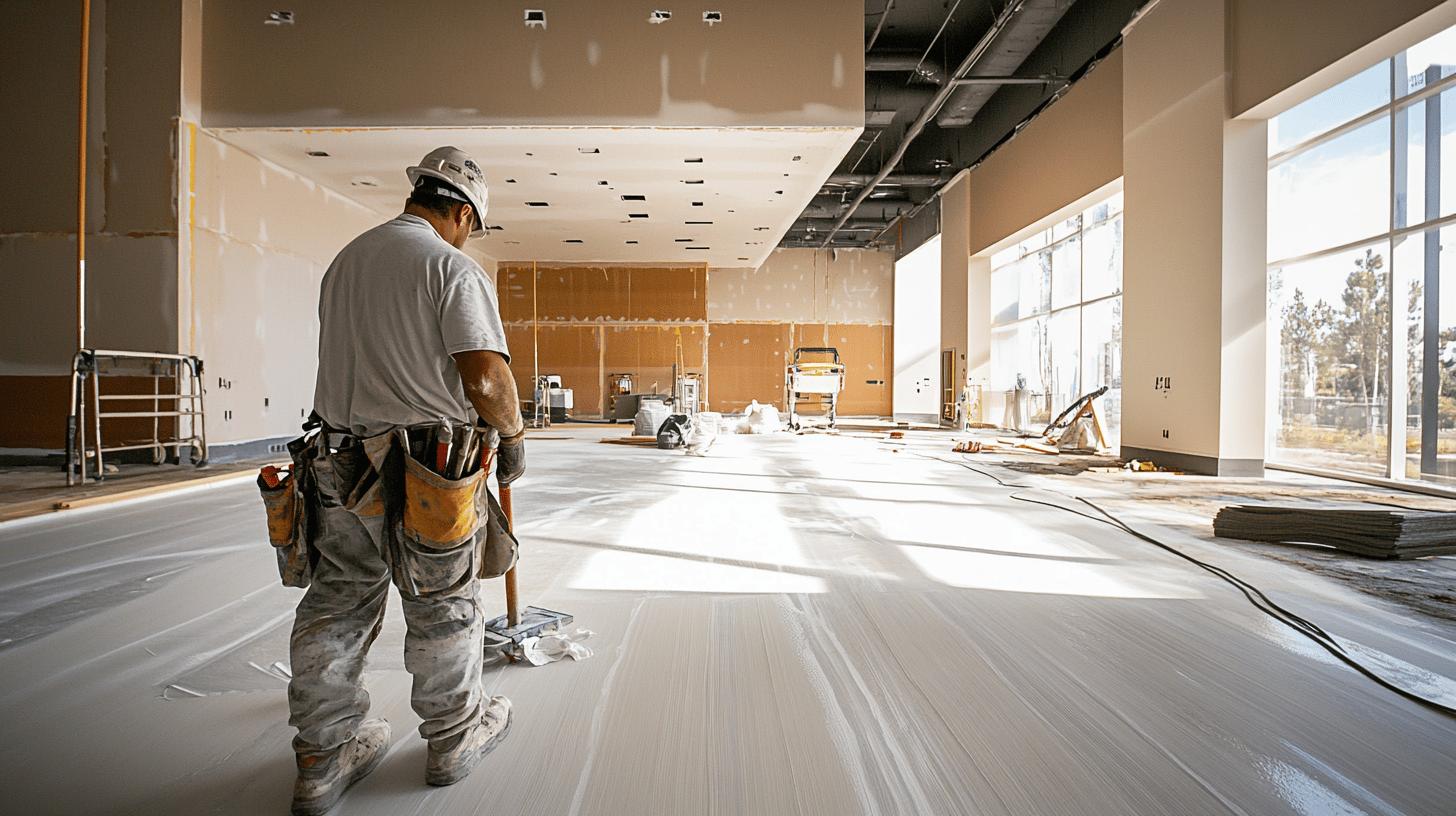
Professional installation is crucial in achieving seamless floor transitions within mixed-use properties. These spaces require precise execution to ensure that the flooring not only looks uniform but also functions effectively across varied environments. Expert installers possess the knowledge to manage potential challenges and control installation costs while enhancing the overall functionality and aesthetic appeal of the space. Their skill ensures that transitions between residential and commercial areas are smooth and visually cohesive, maintaining the integrity of the design and usability.
- Underlayment Selection: Choosing the right underlayment is essential to bridge differences in floor height, providing a stable and even surface for various flooring types.
- Threshold Solutions: Installing appropriate thresholds can help transition between different flooring materials, maintaining continuity and minimizing tripping hazards.
- Expansion Joints: Incorporating expansion joints prevents buckling and allows for natural movement, especially in larger spaces that accommodate multiple flooring types.
- Precise Measurements: Accurate measurements and cutting ensure that flooring materials fit perfectly, reducing gaps and uneven transitions between spaces.
Choosing Ryan’s Restoration for installation guarantees optimal results. Their expertise in handling mixed-use properties ensures that every transition is executed with precision, enhancing both the aesthetic and functional aspects of the flooring. Opting for professional services like Ryan’s Restoration not only ensures quality but also helps in effectively managing installation costs.
Design Tips for Mixed-Use Environments
Designing for mixed-use environments involves a delicate balance between residential comfort and commercial functionality. The dual nature of these spaces requires a thoughtful approach to floor aesthetics and interior design trends. Effective design strategies must cater to the diverse needs of occupants while ensuring that every area serves its intended purpose. By focusing on both visual appeal and practical utility, designers can create spaces that are not only attractive but also highly functional. This approach enhances the overall experience for residents and commercial users alike, ensuring that each space within a mixed-use property is optimally utilized.
- Colour Coordination: Utilising a cohesive colour palette helps unify different areas, creating a seamless visual transition between residential and commercial spaces.
- Space Optimization: Efficient use of space is critical, with multifunctional areas designed to serve both private and public needs without compromising on usability.
- Zoning Techniques: Clear delineation of zones through strategic flooring choices can define specific areas while maintaining an open and inviting atmosphere.
- Current Interior Trends: Incorporating modern design trends such as minimalist decor and sustainable materials can enhance both the aesthetic and practical aspects of mixed-use environments.
- Lighting Considerations: Adequate lighting design is essential for highlighting floor aesthetics and ensuring that each area is appropriately illuminated for its function.
Balancing aesthetics and functionality is paramount in mixed-use property design. By integrating these design strategies, developers can create environments that are both visually pleasing and highly efficient. This careful consideration ensures that each space meets the diverse requirements of its occupants, fostering a harmonious and productive setting within the property.
Maintenance and Cleaning of Long-Lasting Floors
Regular maintenance and cleaning are crucial for extending the lifespan of flooring in mixed-use properties, where diverse foot traffic patterns can lead to accelerated wear. Floors with durable finishes are better equipped to withstand the rigours of both residential and commercial use, maintaining their aesthetic and functional integrity over time. Proper maintenance not only enhances the longevity of the floor but also ensures that it continues to provide a safe and attractive surface for all users. A consistent cleaning routine tailored to the specific needs of the flooring materials is essential for preserving their condition and appearance.
- Use Appropriate Cleaning Products: Select cleaning agents that are compatible with the specific flooring material to avoid damage and maintain the finish.
- Regular Sweeping and Vacuuming: Frequent removal of dust and debris prevents surface scratches and keeps floors looking pristine.
- Prompt Spill Cleanup: Quickly addressing spills reduces the risk of staining and damage, particularly in high-traffic areas.
- Periodic Deep Cleaning: Schedule deep cleaning sessions to remove embedded dirt and refresh the finish, extending the floor’s life.
Ryan’s Restoration offers expert advice and services to support the maintenance of flooring in mixed-use environments. Their guidance helps property owners implement effective cleaning strategies, ensuring that floors remain in optimal condition and continue to meet the demands of both residential and commercial spaces.
Final Words
Successfully navigating the complexities of Mixed-Use Property Floor Solutions demands careful consideration of both residential and commercial needs. Durable materials like hardwoods, tiles, and vinyl provide the versatility required for these multifunctional spaces. Seamless floor transitions are critical, and employing professional installation techniques can significantly enhance both functionality and appearance. Design strategies further optimise the use of space, while regular maintenance ensures longevity. With thoughtful planning and execution, mixed-use properties can thrive, balancing durability and aesthetics for a harmonious environment.
FAQ
What does mixed-use property mean on council tax?
A mixed-use property entails having both residential and commercial components, which may influence council tax calculations. The tax may vary depending on the property’s valuation and use categories.
What is an example of a mixed-use residential development?
Mixed-use residential developments typically include combinations like apartments above retail stores or offices, integrating living, working, and shopping environments within a single building or complex.
What qualifies as mixed-use property?
A mixed-use property integrates residential, commercial, or industrial functions into one space. It provides convenience and efficiency by combining living quarters with spaces for business or retail purposes.
What are the disadvantages of mixed-use?
Mixed-use developments may present challenges like noise, higher traffic, and planning complexities. Balancing residential comfort with commercial activity is crucial to mitigate these drawbacks effectively.
